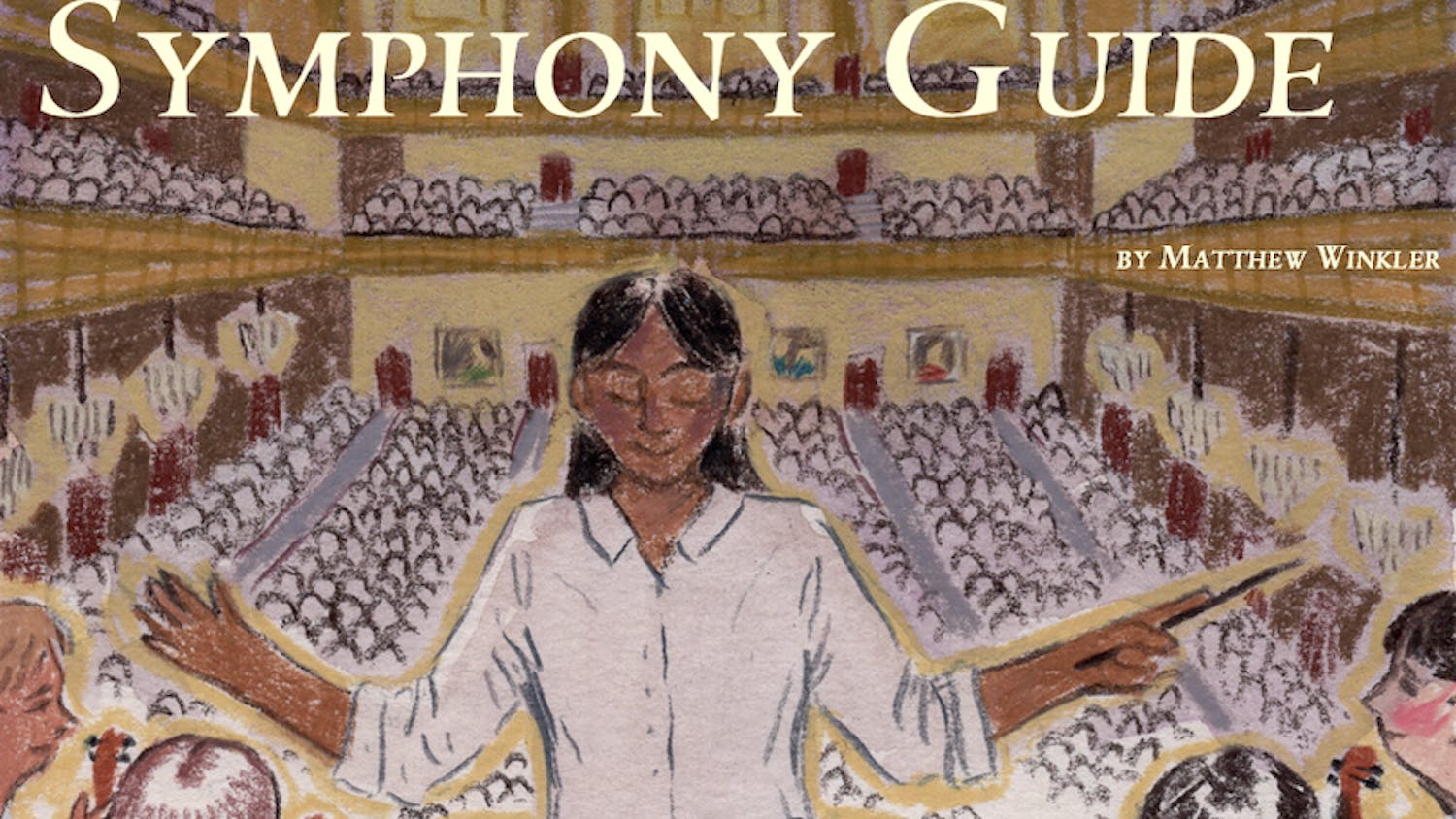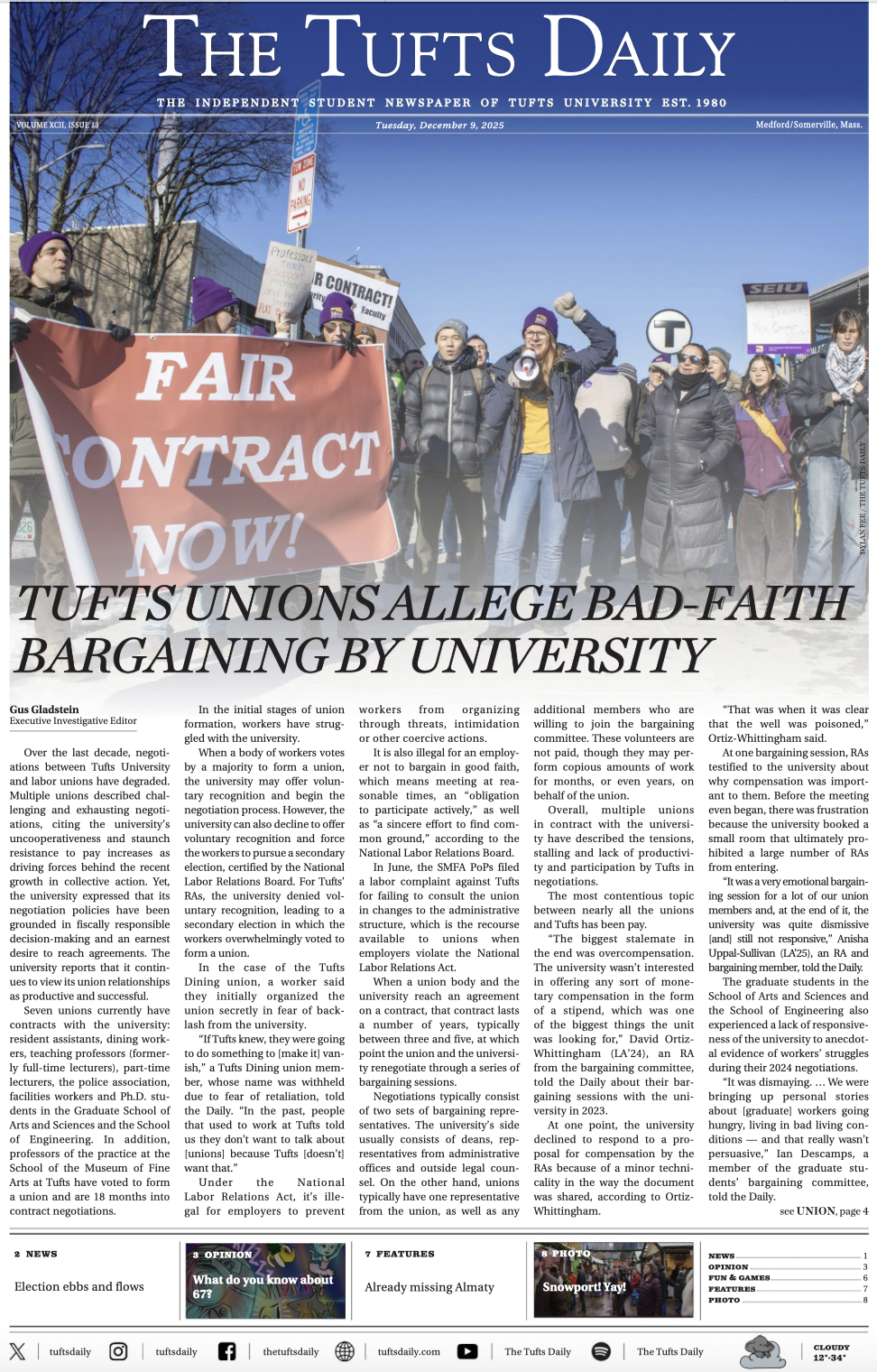Jacob Lawrence is both an artist of the mighty and the everyday. Such a dual reputation might seem contradictory, but the new exhibit currently on display at Boston University manages to capture both sides of his work.
The exhibit, entitled, "Jacob Lawrence: Chronicles of Struggle and Hope," highlights three major printmaking series in the artist's career, tracing it from past to present. Lawrence's work on the novel "Hiroshima," his series on John Brown, the great abolitionist, and his series of the Haitian revolutionary fighter Toussaint L'Ouverture are all on display in the new collection.
But exhibit's curator, Patricia Hills, a professor of art history at Boston University, juxtaposes these images of traditional greatness with Lawrence's more mundane work, focusing on everyday people in his hometown of Harlem.
These simple prints, all wonderful examples of Lawrence's style, depict carpenters and ministers in their everyday lives. These pieces pay homage to the predominantly African-American New York neighborhood that fostered Lawrence's artistic ability.
The show's strength comes through in showing Lawrence's own strengths as both a painter and as a printmaker. Dr. Hills describes Lawrence as a painter who admired the effectiveness of prints in terms of their low cost and their ability to reach many people.
The BU exhibit aims to live up to its own title, "Struggle and Hope," and successfully does so with a diverse showing of work. According to Dr. Hill, Lawrence chose to focus on "the heroes and heroines of African Americans -- figures in history who did not get the attention they deserved." "Struggle and Hope" shows the struggle not only of African Americans in general, but of Lawrence himself as an artist.
A highlight of the exhibit showcases Lawrence's collaboration with the Harlem poet Langston Hughes. Dr. Hills displays three affecting prints that Lawrence made based on Hughes's poem, "One-Way Ticket."
The prints "One-Way Ticket," "Flight," and "Silhouette," show unique sub-styles representing different portions of the poem. The title piece is a jam-packed, ink-on- paper design. It is filled with angular tension, and linearly rendered figures filling the page in bold black and white.
In contrast, the stark "Silhouette" hangs forlornly, based on the lines, "Southern gentle lady/ do not swoon/ They've just hung a black man/in the dark of the moon." A long simple rope holds a man's down-turned head as he slumps into a nondescript background. While this piece is linear in quality as well, it also has a lonely, flame-like sense.
While a historic figure like Toussaint L'Ouverture may be an obvious subject choice, more interesting among Lawrence's work is his aggrandizement of everyday people.
Two examples of this are his offset lithographs, "Carpenters," and "Tools," from 1977. "Carpenters" uses valiant shades of red and blue which bounce off of the dark, muscular bodies of men at work sawing wood.
Lawrence uses his artistic license to empower these ordinary men by making them seem larger than life -- they overpower the drab, oddly angled room they're found working in with their exaggeratingly large bodies, and brightly colored work clothes. The carpenters work in earnest concentration, and in turn, demand our attention.
Another piece to note is Lawrence's screenprint for the 1971 Olympic Games, an exaggerated, slightly cubistic print that depicts five African American runners, three of whom are about to cross the finish line. Lawrence chose a simple palette of muted shades of yellow, green, red and blue keeping the focus on the runners instead of distracting the viewer with too many colors.
It's clear that as time has passed, Lawrence's style has become looser, freer, and even more graphic in nature. One of his more recent works, "Revolt on the Amistad" (1987), depicts the now-infamous revolt on the slave ship. The water underneath the chaotic boat is painted in tumultuous shades of blue and black, adding drama to a scene bursting with activity and contrasting colors.
Lawrence is shown as an artist dedicated to depicting heroes, both those who have already been acknowledged and more everyday heroes whom he feels deserved more credit. He clearly paints with an interest towards educating his public through his evocative paintings.<$>





